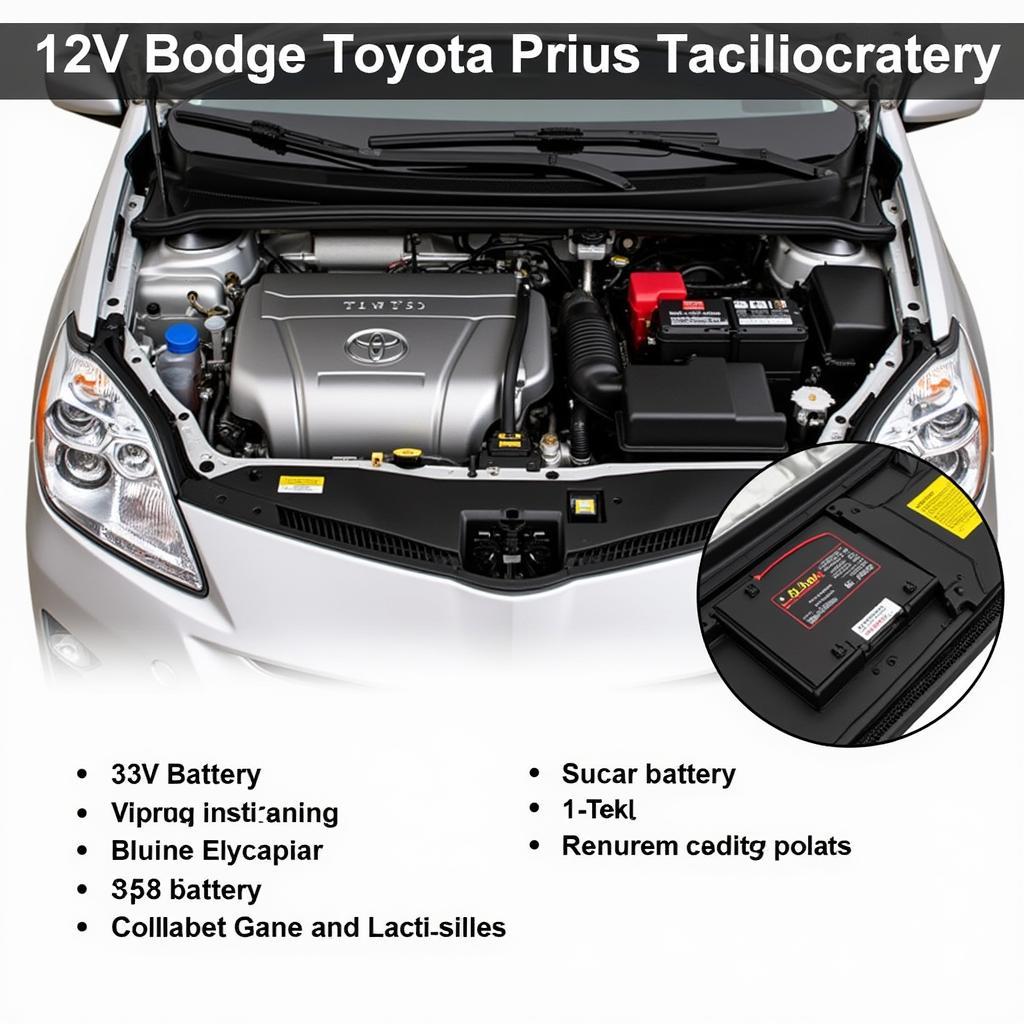Disabling the seat belt warning chime can be tempting, but it’s crucial to understand the safety implications and legal regulations before making any changes. This guide explores different VCDS seat belt warning versions, focusing on how to use VCDS (Vag-Com Diagnostic System) to address related issues, without necessarily disabling the chime entirely. We’ll discuss potential problems, diagnostic procedures, and safe solutions for various Volkswagen, Audi, Seat, and Skoda models.
Aftermarket seat belt warning cancellers exist, but they are generally discouraged due to safety concerns. Instead, we’ll focus on using VCDS for diagnostics and potential software solutions, emphasizing the importance of keeping your seat belts functional and engaged.
Similar to vagcom delete seat belt warning 2010 audi a6, using VCDS requires a careful approach. It’s a powerful tool that can help identify the root cause of seat belt warning issues, which might be related to faulty sensors, wiring problems, or software glitches.
Understanding VCDS and Seat Belt Warnings
VCDS allows access to the various control modules within your vehicle, including the one responsible for the seat belt warning system. Different versions of this system exist across various car models and model years, hence the importance of knowing your specific “vcds seat belt warning version.” This information is crucial for accurate diagnosis and appropriate coding modifications.
Identifying Your VCDS Seat Belt Warning Version
Finding your specific version often involves checking the coding within the relevant module using VCDS. The coding is a series of hexadecimal numbers that represent various configurations within the module. Consulting online forums specific to your car model can also be helpful. These forums often contain discussions about specific VCDS seat belt warning versions and related issues.
Common Issues and Troubleshooting
-
Faulty Seat Belt Buckle Sensor: A common issue is a malfunctioning sensor in the buckle itself. VCDS can help pinpoint this problem by reading the sensor’s status.
-
Wiring Problems: Damaged or corroded wiring can also trigger the warning light and chime. VCDS can sometimes identify wiring issues indirectly through inconsistent sensor readings.
-
Software Glitches: Occasionally, software bugs within the control module can cause the seat belt warning system to malfunction. VCDS can sometimes address this by allowing a software reset or update.
John Smith, a seasoned automotive electrical engineer, states, “Understanding the underlying cause is paramount. Simply silencing the chime doesn’t fix the problem, it just masks it.” Using VCDS effectively allows for a deeper dive into the system, preventing future issues.
Using VCDS for Diagnostics and Solutions
VCDS can read fault codes stored in the seat belt warning module. These codes provide valuable clues about the nature of the problem. Once the issue is identified, VCDS can be used to clear the codes and, in some cases, reprogram certain settings within the module.
Steps to Diagnose with VCDS
- Connect the VCDS interface to your vehicle’s OBD-II port.
- Launch the VCDS software on your computer.
- Select the appropriate control module for the seat belt warning system.
- Read the fault codes and identify any issues.
- Check the measuring blocks for live data from the seat belt sensors.
This process helps pinpoint the source of the problem, whether it’s a faulty sensor, wiring issue, or a software glitch. Addressing the root cause is crucial for long-term resolution.
This is similar to the process outlined in 15 accord disable seat belt warning, where proper diagnostics are essential. While disabling the warning is sometimes desired, fixing the underlying issue is always recommended.
Safety and Legal Considerations
Remember, tampering with safety systems can have serious legal and safety consequences. While VCDS can be used to diagnose and address seat belt warning issues, disabling the system entirely is generally discouraged and may be illegal in some jurisdictions.
Importance of Seat Belt Usage
Seat belts are a critical safety feature, saving countless lives every year. They are designed to restrain occupants in a crash, preventing ejection and minimizing injuries. Disabling the warning system can lead to complacency and increase the risk of serious injury or death in an accident.
Jane Doe, a certified automotive safety expert, emphasizes, “Seat belts are the single most effective safety device in a vehicle. Maintaining their functionality is paramount.”
Conclusion
Understanding your “vcds seat belt warning version” is key to effectively diagnosing and resolving any related issues. While using VCDS can provide valuable insights and solutions, always prioritize safety. Addressing the root cause of any problem with the seat belt system, rather than simply silencing the warning, is the best approach. Always remember to wear your seat belt for optimal safety.
FAQ
-
What is VCDS? VCDS is a diagnostic software and hardware interface used to access and modify the control modules in Volkswagen, Audi, Seat, and Skoda vehicles.
-
Can I disable the seat belt warning with VCDS? While possible in some cases, it’s generally discouraged due to safety concerns.
-
What are common causes of seat belt warning issues? Faulty sensors, wiring problems, and software glitches are common culprits.
-
Is it legal to disable the seat belt warning? Laws vary by jurisdiction, but disabling safety systems can have legal ramifications.
-
How can I find my specific VCDS seat belt warning version? Using VCDS to check the module coding or consulting online forums specific to your car model can help.
-
Why is wearing a seat belt important? Seat belts significantly reduce the risk of injury or death in a car accident.
-
What should I do if my seat belt warning light stays on? Use VCDS to diagnose the problem or consult a qualified automotive technician.
Similar to vcds seat belt warning version 4, using VCDS requires a careful approach and understanding of its features.


